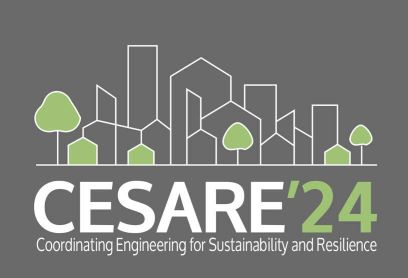Speakers
Description
The twin transition towards the circular economy and digitalization is widely acknowledged and endorsed by policies and academia. However, there is a significant gap in the existing literature regarding the utilization of Building Information Modeling (BIM) and related technologies, such as City Information Modeling (CIM), for evaluating and assessing the circularity of buildings and the built environment. This paper aims to address this gap by examining current advancements in circularity assessment and the automation of indicators and tools. The paper analyzes the prerequisites for automating circularity assessment, encompassing essential data requirements and the potential integration of technologies like digital material passports. The objective is to develop a conceptual framework that integrates circularity into BIM and automates the assessment process. This proposed framework is applicable at the building scale with potential expansion to the urban scale using CIM by integrating Geographic Information System (GIS) technologies to enable the circularity assessment of building stocks. The study's findings emphasize the significance of incorporating key criteria and indicators concerning materials and design aspects. BIM-based assessment provides an objective approach to evaluating multiple circularity factors and Life Cycle Assessment (LCA) parameters at various stages of a building's life cycle, while CIM-based assessment can provide an integrated view of the buildings, infrastructure, and other elements of the built environment, as well as their interrelationships. This methodology yields valuable insights, particularly for optimizing building design and end-of-life management, encompassing selective deconstruction and materials recovery for reuse and recycling. At the urban scale, it can help identify opportunities for material and energy exchanges, enabling the optimization of resource use and energy flows. The paper concludes by highlighting recommendations for future research and development in this field while also addressing major obstacles that impede the full utilization of BIM and CIM-based circularity assessment frameworks.
| Keywords | BIM, CIM, circular economy, circularity assessment, buildings, built environment |
|---|---|
| Topics | Circular economy |

